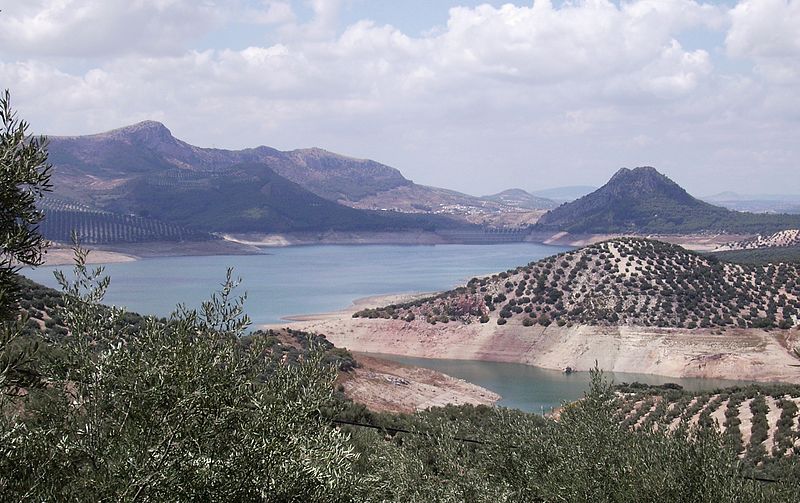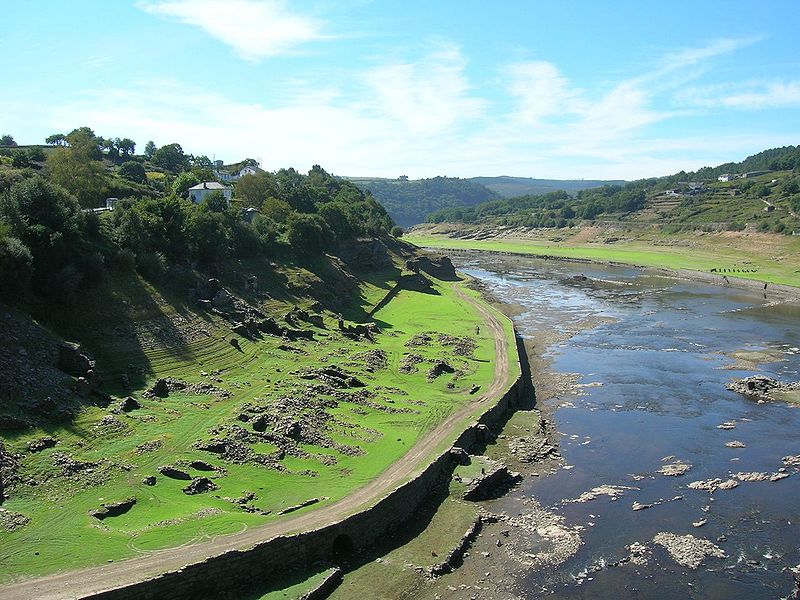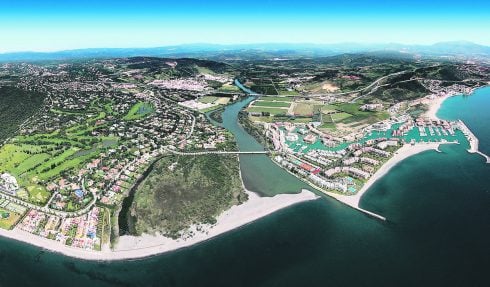SPAIN has seen 38 deaths from unintentional drowning during the month of June, 33 of which occurred in unsupervised spaces.
With swimming pools across Spain under capacity restrictions, shifts and appointments, together with social distancing norms and other regulations applied to beaches, many bathers have taken to using rivers, lakes and reservoirs to cool down as the temperatures begin to sore.
Using unsupervised areas has triggered warnings from the Royal Spanish Federation of Rescue and Lifeguard (RFESS), who consider swimming in these spaces ‘a potential risk to life.’
RFESS has just published data on drownings in the first half of the year and the last few weeks have seen more fatalities than other years, especially in canals, reservoirs, rivers, waterfalls and lakes.
From January 1 to June 30, 111 deaths by drowning have been recorded.
It’s an overall drop compared to the 138 fatalities recorded in 2019, mostly because of the recent months of lockdown.
Some 95% of unintentional drownings have occurred in places without lifeguard surveillance (up from 87% in 2019).
Data from the Federation’s National Drowning Report (INA), has indicated that the second half of June saw 70% of deaths by drowning for that month.
As Spain moved into its ‘new normal’, June alone saw 38 drownings, 33 of which were in unsupervised areas.

Nine deaths were filed during the last weekend of June, seven recorded in places which had no lifeguard surveillance.
The figures represent a change in the statistics recorded by the INA since 2015, which listed beaches as the most common sites for drownings.
The numbers in 2020, so far, show that 73% of drownings occur in areas other than beaches or swimming pools.
The autonomous community with the most drownings in the last six months is Galicia, with 17 deaths (four of them in June), followed by Valencia, with 16 (10 in June); Andalucia with 14 (four in June); the Canary Islands, also with 14 (two in June), and Catalunya with 10 (two in June).








